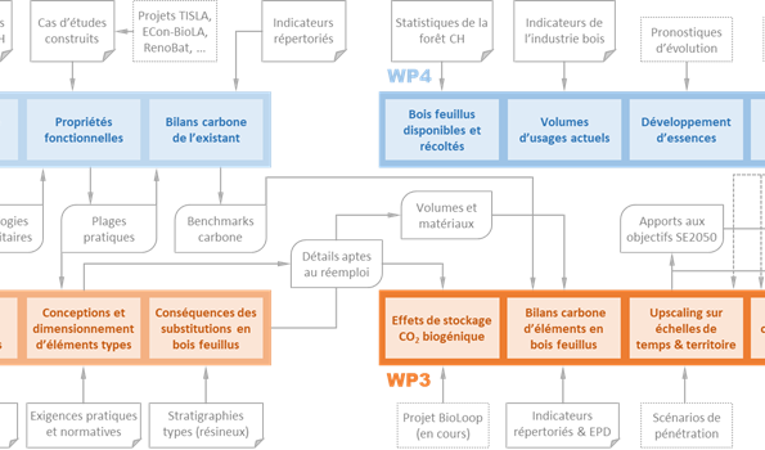- Research projects : /en/applied-research/institutes/itec/research-projects/
- Equipment : /en/applied-research/institutes/itec/equipment/
- Team : /en/applied-research/institutes/itec/team/
- Agenda : /en/applied-research/institutes/itec/agenda/
- News : /en/applied-research/institutes/itec/news/
- Resources for partners : /en/applied-research/institutes/itec/resources-for-partners/
- Research projects : /en/applied-research/institutes/itec/research-projects/
- Equipment : /en/applied-research/institutes/itec/equipment/
- Team : /en/applied-research/institutes/itec/team/
- Agenda : /en/applied-research/institutes/itec/agenda/
- News : /en/applied-research/institutes/itec/news/
- Resources for partners : /en/applied-research/institutes/itec/resources-for-partners/
HaWoBat

Summary
Structures
Fonds établissement (Smart Living Lab)
Institut ENERGY
Daia Zwicky
Skills directory
January 2023 - August 2025
Evaluating the potential of hardwood for use in construction and its contribution to the Swiss 2050 Energy Strategy.
The last twenty years have seen increasing adoption of wood as a construction material. As captured in the motto, “Holz ist hui, Beton ist pfui” (“Wood is green, Concrete unclean”), this adoption is partly due to net-zero emission strategies that promote the use of wood as a good way to cut gray emissions. A predictable complication, however, is that the national production of resinous wood—the type of wood used in the vast majority of constructions—will not be able to keep up with rising demand in decades to come (importation rates are already quite high today). Is it advisable to further increase the importation of resinous wood, knowing the ecological impact of long-distance transport? Or should we look for ways to exploit other local resources such as hardwood?
The use of hardwood in construction poses its own set of challenges. In particular, to be usable in construction, hardwood requires significantly more processing and glue than resinous woods. On the other hand, hardwood offers superior structural qualities that open up new possibilities in terms of the dimensioning of elements, the performance of structural joints, and how elements can be designed to allow for reuse. Because of these properties, employing hardwood would actually reduce the total amount of wood required for construction. Combined with the fact that hardwood is a local resource, hardwood-based constructions could have considerably smaller carbon footprints than equivalent projects made of imported resinous wood.
This project explores the potential contribution to the Swiss 2050 Energy Strategy of an improved and increased exploitation of Swiss hardwood resources for building construction. It also seeks to quantify the impact of wood construction within broader efforts to achieve net-zero emissions. This can only be done by taking into account the demand for wood for other uses (furniture, biomass boilers, paper, etc.) and the potential future supply of hardwood on different temporal and territorial scales.